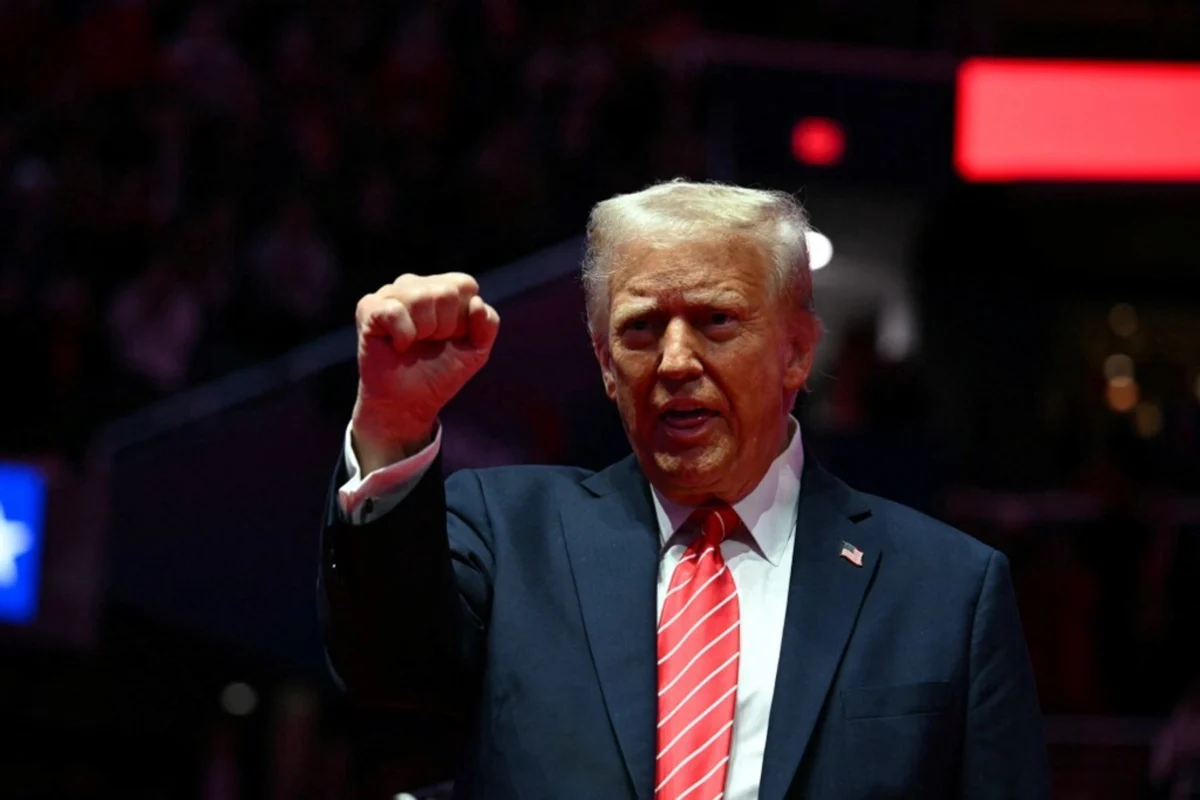
Trump, Zelenskyy, and the War That Can’t Be Stopped: when both tried to negotiate with Putin
After February 2022, Volodymyr Zelenskyy had no real alternatives left. He could no longer afford the “what’s the difference” stance too much was at stake. The army, the language, the church things that once seemed like political juggling became the foundation of national survival. Ironically, the path once championed by Petro Poroshenko turned out to be the only option for his successor.
What’s more interesting, though, is that something similar happened on the other side of the ocean. Donald Trump a man with entirely different political convictions, a fondness for authoritarian leaders, a business-minded worldview, and deep skepticism toward alliances ended up having to act along the same lines as Joe Biden. Because Russia’s war against Ukraine leaves little room for maneuver.
From the moment Trump reentered the political arena after winning the election, he sought his own approach to the war in Ukraine. Unlike Biden whose strategy was massive support, sanctions, and “as long as it takes” Trump envisioned a different solution: silence as the start of a deal.
He repeatedly spoke about direct talks with Putin. Over the last six months, there have been at least six known contacts. His idea was simple: strike a “good deal” through direct dialogue. As he put it:
“I don’t need new sanctions if I can talk to Vladimir directly.”
This is the logic of a businessman. But in reality, it hit the same wall Zelenskyy encountered in Paris in 2019. Back then, the Ukrainian president genuinely believed he could persuade Putin. He couldn’t. Putin does not want conversations. He wants surrender. His vision of peace means regaining control over territories that once belonged to the USSR. In his mind, that’s the only peace that matters.
In contrast, Biden’s strategy stemmed from deep knowledge of the post-Soviet space and his decades of foreign policy experience. He understood clearly: Russia’s invasion wasn’t about Donbas or NATO. It was about reclaiming spheres of influence and undoing decades of global order.
He also remembered what American hesitation had cost the world in 1939-41. That’s why he acted: military aid, sanctions, NATO support, alignment with the EU.
Despite all his “America First” rhetoric and critiques of Biden for entangling the U.S. in “someone else’s war,” Trump couldn’t stay out of it. Because reality undercut his own narrative.
In early 2025, he paused U.S. aid to Ukraine, including shipments already approved. This was meant to pressure Kyiv to push them toward a ceasefire and start “negotiations” with Russia.
It didn’t work.
Russia escalated. Ukraine held firm. Congress pushed back. After a phone call with Zelenskyy and growing pressure from media and lawmakers, Trump changed his tone.
In July 2025, it became clear the U.S. would resume weapons deliveries. The Pentagon confirmed the shipment of 10 Patriot systems, artillery, and ammunition part of a package approved by Congress under Biden.
The political price for Trump
For Trump, the stakes are political. The disastrous withdrawal from Afghanistan in 2021 heavily criticized by his own base made Ukraine a risk. If the war ends in Ukraine’s collapse or surrender, it would become “Afghanistan 2.0,” but under his watch.
And that’s a disaster he can’t afford ahead of the 2026 midterms. So, he changed course. American journalists now report that Trump, in private, is “furious” with Putin and has even used expletives in reference to him.
The pattern is clear. Both Zelenskyy and Trump tried to end the war through a deal. Both failed. Because Putin isn’t seeking compromise. His strategy is pressure, attrition, occupation.
He treats negotiations not as a process of resolution, but as a tool to buy time. That became painfully obvious during the latest round of talks in Istanbul, when a Russian delegate reportedly said:
“We don’t want war. But we’re ready to fight one year, two, three however long it takes. How long are you ready to fight?”
At this stage, preserving U.S. support is crucial. And avoiding a new “pause” in aid or another misguided attempt to “negotiate directly.”
Ukraine is exhausting the assistance packages approved under Biden. To receive new ones, it needs more than pleas it needs arguments. And work with Congress.
Today’s situation is not about Trump’s personal feelings it’s about the strategic interests of the United States. Ukrainian diplomacy must operate on that field: not appealing to emotion, but offering a case that aligns with America’s global objectives.
Zelenskyy and Trump come from different worlds. One is a former actor, the other a businessman and showman. One sees the state as a social contract, the other as a series of deals. But both arrived at the same realization: you can’t negotiate with Putin.
So no matter who sits in the offices of power, the war remains a challenge for anyone attempting to manage global crises. And if the U.S. wants to remain a true global leader it must help Ukraine not win a deal, but win the time and space it needs for victory.














